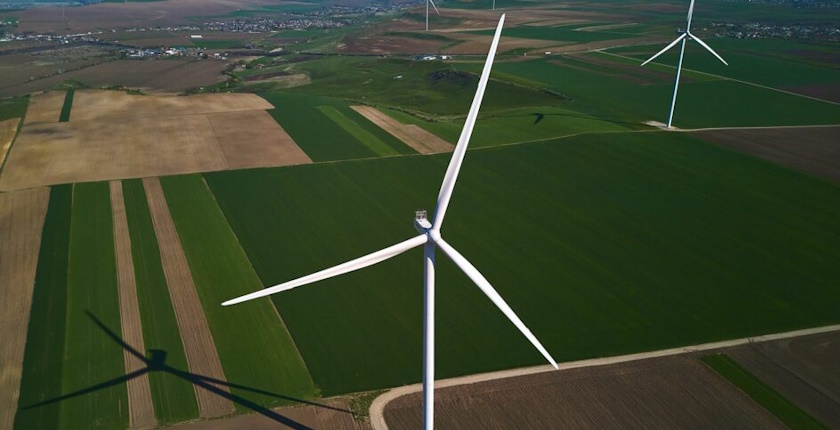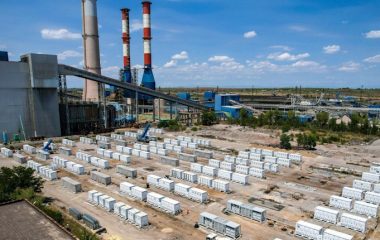
DRI's Ruginoasa wind farm in Romania (photo: DRI)
DRI, the EU renewable energy arm of Ukraine-based DTEK Group, has acquired a 60 MW solar project in Glodeni in Mureș County, Romania.
DRI is rapidly increasing its presence in Romania. Just two months ago, DRI acquired its third project in the country – a 126 MW solar park in Văcărești in Dâmbovița County.
The new project, Goldeni II, is DRI’s fourth renewable energy investment in Romania. Its renewables portfolio in the country has now reached 299 MW.
DRI has again partnered with Finas Group, which handled the initial phases of the project, including securing the land and obtaining the necessary permits, as it did for Glodeni I, DRI said.
The Glodeni II PV plant is expected to be operational in the summer of 2025
DRI will add value through its extensive engineering, supply chain management, construction management, and operations expertise, as well as its flexible capital structure.
The Glodeni II solar park is expected to be operational in the summer of 2025, and preparatory construction work was launched earlier this year. The project is estimated to produce 86.4 GWh of electricity annually – enough to power more than 22,400 homes and reduce carbon emissions by 21,800 tonnes per year, according to DRI.
Glodeni II will be located alongside DRI’s operational 53 MW solar park in the same region, Glodeni I. The two projects combined will make one of the largest solar parks in the country in terms of size, the firm noted.
DRI plans to build 1 GW of renewable capacity in Romania by 2030
DRI also operates a 60 MW wind farm in Ruginoasa, Iași County, the first wind farm built in Romania in a decade. The construction of the solar power plant in Văcărești, in Dâmbovița County, is expected to start by the end of this year.
According to John Stuart, CEO of DRI, the company plans to build 1 GW of renewable energy capacity in Romania by 2030. “We now have two projects that are producing energy and two projects in development, we are moving at pace,” he added.
Claudiu Șugar, CEO of Finas Group, said that the sale of the project to DRI allows the firm to focus on new development projects, while their partner will bring the necessary expertise to manage and operate this major investment.
DRI said that its strategy is to develop projects through acquiring greenfield projects and portfolios (from early-stage to ready-to-build) and partnering with local developers.


















Be the first one to comment on this article.